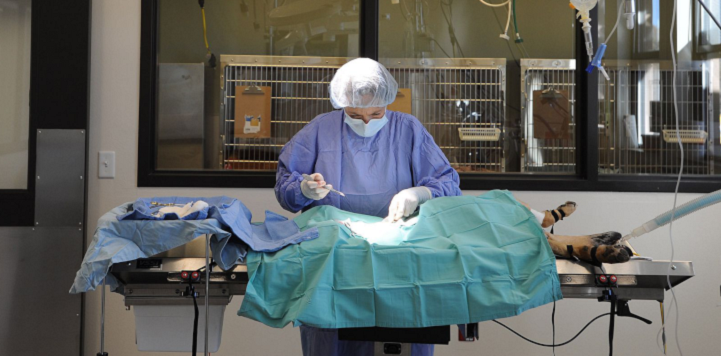
Making more vets
Best Friends, Network partners take steps to increase the number of HQHVSN professionals
November 29th, 2022
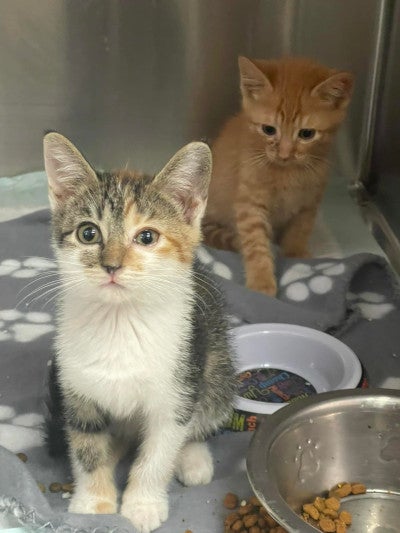 Everyone in animal welfare is feeling the pinch of not having enough vets around, especially those who rely on high-quality, high-volume spay/neuter (HQHVSN) personnel to crank out lots of surgeries in a short time. There was a shortage of such specialized vets and vet techs even before our industry began seeing such vet positions sit vacant for months or even years, but COVID only made it worse. In turn, the lack of adequate spay/neuter services continues to account for some of the increase in shelter intakes, but most particularly, the number of kittens swelling community cat colonies and swamping animal welfare organizations of all stripes.
Everyone in animal welfare is feeling the pinch of not having enough vets around, especially those who rely on high-quality, high-volume spay/neuter (HQHVSN) personnel to crank out lots of surgeries in a short time. There was a shortage of such specialized vets and vet techs even before our industry began seeing such vet positions sit vacant for months or even years, but COVID only made it worse. In turn, the lack of adequate spay/neuter services continues to account for some of the increase in shelter intakes, but most particularly, the number of kittens swelling community cat colonies and swamping animal welfare organizations of all stripes.
There is quantitative evidence to prove the point about ballooning animal populations, too. A recent study published in Frontiers in Veterinary Science evaluated data from 212 spay/neuter clinics and found they had collectively performed 1.2 million surgeries in the pre-COVID baseline year of 2019. But by March 2020, they had performed 13% fewer spay/neuter procedures; spay/neuters decreased by another 3% in 2021. According to the study:
In total,190,818 fewer surgeries were performed by the 212 studied clinics than would be expected had 2019 levels been maintained. If a similar pattern were experienced by other spay/neuter providers in the U.S., it would suggest a deficit of more than 2.7 million spay/neuter surgeries that animal welfare organizations have yet to address.
Those are some disheartening stats, especially considering that many solutions – such as expanding veterinary school class size or building new veterinary schools – will take years, if not decades, to come to fruition. But both local and national organizations are stepping up with programs that are the first steps in addressing the gaping deficit in HQHVSN vets.
Best Friends Shelter Medicine Outreach Program
After hearing from people throughout the industry (not to mention experiencing firsthand the pain of shrinking appointments for spay/neuter), Best Friends launched the Shelter Medicine Outreach Program this past spring. The free, four-day workshop brings skilled HQHVSN vets together with vets and vet techs chosen from select shelters for 20 hours of hands-on training. By the end of the year, we will have held seven workshops in Houston, Texas; Utah; and California and trained a dozen vets and a dozen techs in these techniques, with approximately 10 to 20 shelter animals being spayed or neutered each day. In 2023, we offered an additional 12 workshops with two to three vets and techs participating in each.
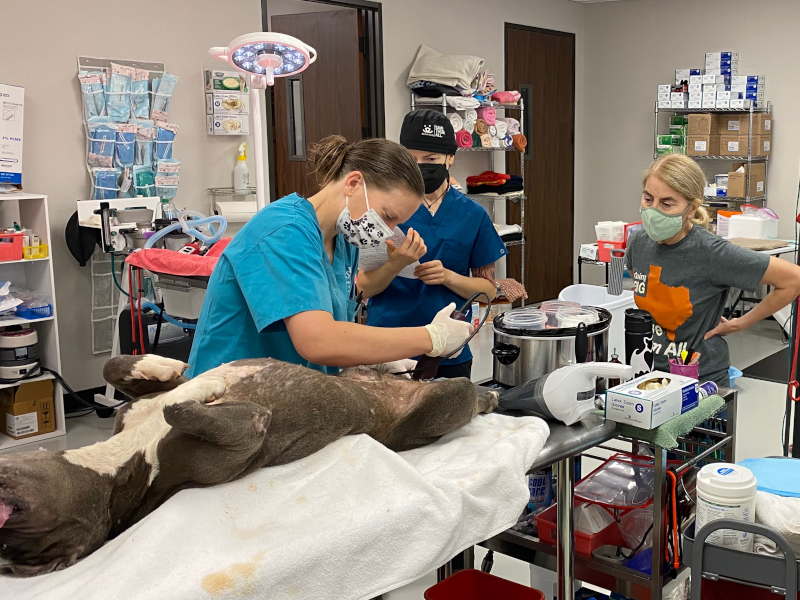 “This kind of training is much needed, and vets are eager to participate,” says medical director Erin Katribe, DVM, who oversees the program. “I see posts all the time on social media about the need for more training among shelter medical staff.”
“This kind of training is much needed, and vets are eager to participate,” says medical director Erin Katribe, DVM, who oversees the program. “I see posts all the time on social media about the need for more training among shelter medical staff.”
Essentially, the workshops are designed to train veterinarians who are either new to shelter medicine or high-volume spay/neuter. The aim is to increase the capacity of those already working in shelters or high-volume surgery programs to do more surgeries with the same number of veterinarians.
“By my calculations, if vets can cut their surgery time on a cat spay in half, they would be able to do 25% more cats per day, on average,” she says. “Just going from 30 to 40 cats a day means potentially 2,000 more cats would be spayed and neutered per year in a single program.
We have local shelters where the gap to that 90% save rate is just cats,” Erin adds. “Take Pasadena, a suburb of Houston, for instance. The gap to reaching no-kill in that community is roughly 1,500 cats. One vet going through the program could tackle this gap.
With the 2025 goal within sight, Erin stresses that we “can’t let our feet off the gas now.”
“And since every graduate is going back to their home shelters with the ability to help more professionals learn HQHVSN practices, the future is bright indeed for keeping pet populations in check,” she says.
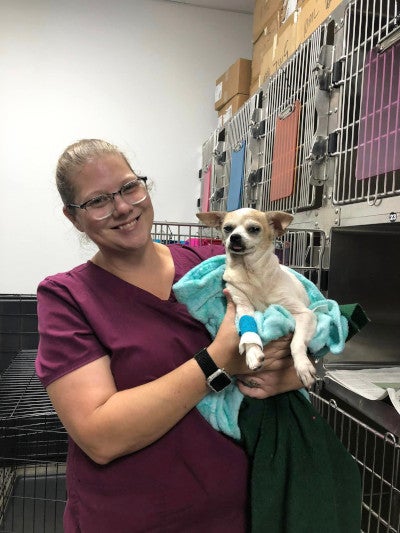 G. Robert Weedon, DVM, MPH, community cat surgeon at TLC PetSnip in Lakeland, Florida, has dedicated much of his career to increasing the population of HQHVSN vets entering the field. When he was on the faculty of the University of Illinois College of Veterinary Medicine, he took students training in HQHVSN techniques to rural shelters to sterilize feral cats, shelter animals, and pets of low-income members of the community.
G. Robert Weedon, DVM, MPH, community cat surgeon at TLC PetSnip in Lakeland, Florida, has dedicated much of his career to increasing the population of HQHVSN vets entering the field. When he was on the faculty of the University of Illinois College of Veterinary Medicine, he took students training in HQHVSN techniques to rural shelters to sterilize feral cats, shelter animals, and pets of low-income members of the community.
Since joining the team at TLC PetSnip, Robert – who also serves on the board of directors for Alliance for Contraception in Cats & Dogs and is a member of the United Spay Alliance Veterinary Shortage Task Force – has been able to contribute to the expansion of its surgery center. Now the organization can accommodate HQHVSN training for veterinarians interested in learning more about the practice.
Robert also reaches out to atypical candidates to support spay/neuter needs. He has trained several large animal practitioners who wanted to slow down but still contribute to their community, as well as a veterinarian who wanted to transition from private practice to solely performing spay/neuter surgeries. He is also focusing on how to engage retired or semi-retired veterinarians in sterilization efforts.
“That has the potential to add significant resources in their communities, including making other types of care accessible to people who cannot otherwise afford it,” Robert says.
I firmly believe that HQHVSN is the sine qua non of access to care.
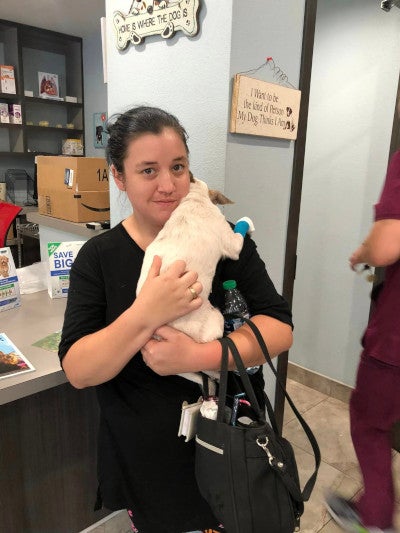 “In Illinois, 80% of the owned animals we sterilized had never been to a veterinarian prior to coming in to be spayed or neutered,” he continues. “We were able to get these animals vaccinated and started on appropriate parasiticides. In my mind, that is the essence of access to care.”
“In Illinois, 80% of the owned animals we sterilized had never been to a veterinarian prior to coming in to be spayed or neutered,” he continues. “We were able to get these animals vaccinated and started on appropriate parasiticides. In my mind, that is the essence of access to care.”
Robert is also working with a Florida state representative to overcome the issue of license reciprocity or portability – which is the reason why Best Friends is only able to offer training in a few states. If he and the legislator can amend statutes regarding veterinary practice, veterinarians currently licensed in their home state would be able to perform spay/neuter in Florida.
“If we are successful, TLC PetSnip would open its doors for veterinarians from outside the state to come in for training,” he says. “But this could also serve as a model for other states to emulate.”
Becky Morrow, DVM, MS, CAWA, has also spent some of her career concentrating on teaching HQHVSN techniques. She made that decision about two years ago after realizing that even though the organization was doing more than 8,000 spay/neuters each year, Frankie’s Friends still wasn’t getting ahead of community cats breeding and making more kittens.
“This is something I am very passionate about,” says Becky, president and medical director of the Pennsylvania organization. She is also on the adjunct faculty at the University of Florida College of Veterinary Medicine. “For years, I would spend Saturday and Sunday in the mobile unit to try and get to the underserved communities of Western Pennsylvania.
Even though I was doing 100 to 120 cats per weekend, we could never keep up with the demand,” she adds. “I realized that I personally could not keep up that pace forever (I was teaching and doing some work at the clinic during the week too) and decided that teaching others full-time was the way to go.
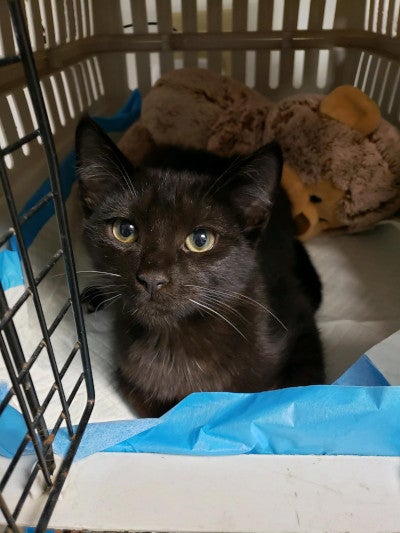 After a short stint at the University of Illinois, Becky was able to return to Frankie’s Friends with two students who subsequently graduated from vet school, are interning at the organization, and have plans to stay in Pittsburgh. She also received some grant funding to offer HQHVSN training year-round for free.
After a short stint at the University of Illinois, Becky was able to return to Frankie’s Friends with two students who subsequently graduated from vet school, are interning at the organization, and have plans to stay in Pittsburgh. She also received some grant funding to offer HQHVSN training year-round for free.
“We expanded the surgery suite to have four operating tables and a larger prep and post-op station,” Becky says. “We should be able to accommodate 100 cats a day, though we are still running at around 60 at this point due to the tech-to-vet ratio and the fact that we do many different surgeries (not just S/N) and some medical checks.”
Frankie’s Friends is acquiring a new trailer to convert to a mobile surgery unit with two surgery tables. That way, students can travel to community partners to do surgeries. Becky has planned two free weekend workshops for vets, techs, assistants, and students that qualify for 12 continuing education units. She’s also going to offer two one-week-long externships for veterinary students. But Becky is hoping that she can motivate private practice vets to come out and learn new techniques as well.
“Even if they can become a bit more efficient and help with trap-neuter-vaccinate-return (TNVR) efforts,” she says. “Learning to be more efficient will help them use their resources (e.g., time, staff) more wisely and ultimately lighten their load since they will get done earlier thanks to improved efficiency. That could make a big difference and take some pressure off shelter vets.”
University of Florida College of Veterinary Medicine
The University of Florida has been developing skilled HQHVSN vets through its specialized programs for years, but Julie Levy, DVM, is always brainstorming about other training models, too.
 “The ASPCA Spay/Neuter Alliance (ASNA) has a great model but isn’t expecting to open to vet training any time soon,” says Julie, who is Fran Marino Endowed Professor of Shelter Medicine Education at the university. “I have an idea that is sort of like taking ASNA on the road to do regional training, which would require a facility with a sizeable surgical suite. The trainers would either have to be vets from that facility or the region so that they are already licensed in that state. Any regional instructors (vets and techs) would then travel in to teach technique.”
“The ASPCA Spay/Neuter Alliance (ASNA) has a great model but isn’t expecting to open to vet training any time soon,” says Julie, who is Fran Marino Endowed Professor of Shelter Medicine Education at the university. “I have an idea that is sort of like taking ASNA on the road to do regional training, which would require a facility with a sizeable surgical suite. The trainers would either have to be vets from that facility or the region so that they are already licensed in that state. Any regional instructors (vets and techs) would then travel in to teach technique.”
Balancing need with professional challenges
Julie and Erin talk about the work they are doing with one caveat: every potential solution needs to be crafted within the already stressful context of the profession. According to the American Veterinary Medical Association, vets have the highest turnover rate in the entire medical field, and the top three reasons for them leaving are poor work/life balance, stress, and not feeling valued.
“The goal is to be able to care for more pets but also do it in a way that is sustainable and humane for our staff at all levels, so we avoid burnout,” Erin says. “Teams can get turned off by the need to do more, more, more when it’s not accompanied by a plan and practical strategies to make that happen, outside of just putting in more hours and becoming overworked.
That’s particularly true in the current climate of shelters at or over capacity with fewer outcomes than pre-pandemic levels,” she adds. “Those realities are just adding to the stress level of everyone in the shelter, vet staff included.
“There doesn’t seem to be HQHVSN personnel who aren’t already fully over-committed to their own jobs,” Julie says. “I don’t think it’s appropriate in most cases to ask existing vets and techs to do more because they are already burnt out. Maybe there are a few who are tired of working regular jobs (maybe those who have left the field in despair) who would like to work on this kind of ad hoc training for a while. They could travel around to do what they love if there was support for it.”
Bottom line: even if the veterinary professionals in our field don’t know all the pieces that need to be in place to make up that alarming 2.7 million surgery deficit, they aren’t letting such a monumental challenge derail their search for answers.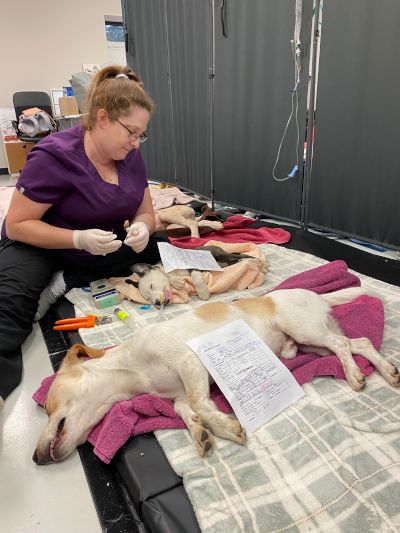
“We must keep spaying and neutering animals at a rapid pace because we won’t reach no-kill 2025 without it,” Erin says. One of the questions that I love to ask people in this field – and it's a question our CEO Julie Castle asks many people, too – is, ‘What keeps you up at night when you think about the 2025 goal?’ For me, it’s not having enough spay/neuter capacity, not having enough medical capacity, and knowing there are solutions for efficiency and capacity at individual shelters.
“As a profession, we have a moral imperative to invest time and resources into long-term solutions to the vet shortage, solutions that are sustainable both for the individuals in the profession and for the entire profession, as this problem isn’t going away,” she concludes. “The lives and health of hundreds of thousands of dogs and cats who may not have adequate access to veterinary care in the coming years depend on it.”

Liz Finch
Senior Writer
Best Friends Network
If you enjoyed this program spotlight, you can find our complete catalog of spotlights here.